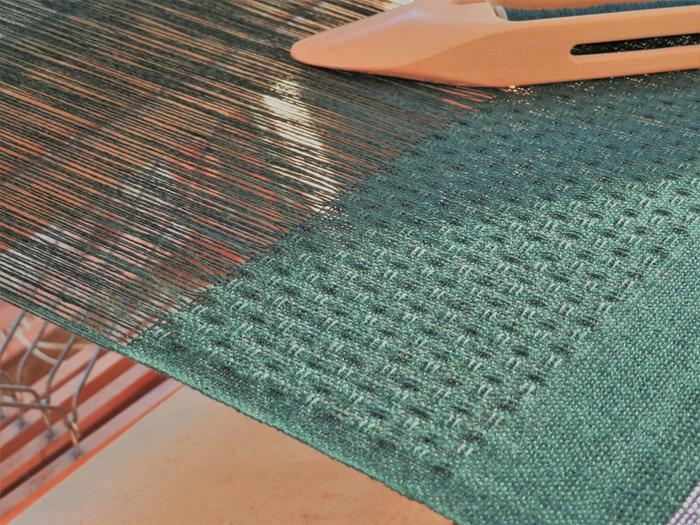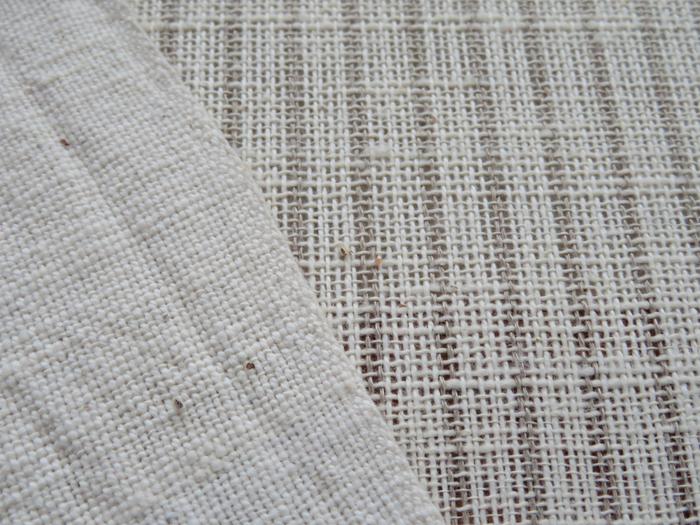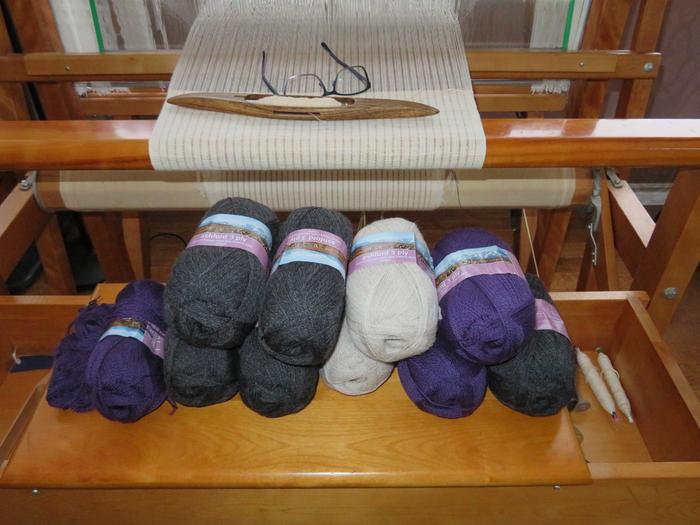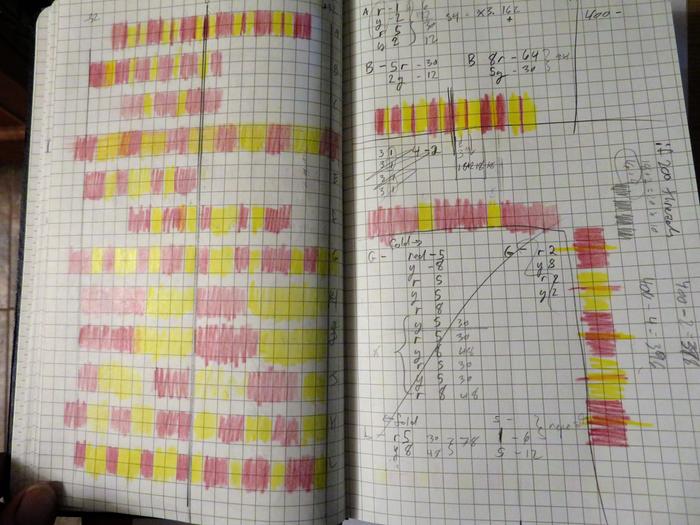
 14
14











 18
18











 5
5




 8
8











 3
3











 3
3











 2
2











 19
19
















 3
3












 3
3












 9
9




r ranson wrote:Thanks. I think it's going to be lovely. I've spent the last few months weaving something for everyone else, this I'm weaving for myself. It's my 12-day project.
The traditional holiday for spinners and weavers is the 12 days following Christmas, ending on January 6th, which is distaff day - the day the spinners go back to work. I like to spend those 12 days engaged in a major project to test my limits. Create something for me. One year, I carded by hand, spun, and knit an entire sweater. It was intense. This year, I don't have as many days off, so I'm doing a bit of the prep work in advance. I still have loads of spinning to do, so it's going to be a challenge to get it done in time. But fun!







 4
4




"Study books and observe nature; if they do not agree, throw away the books." ~ William A. Albrecht
 7
7











 6
6











 8
8











 7
7












 7
7
















 7
7











 5
5













 10
10














| I agree. Here's the link: http://stoves2.com |









